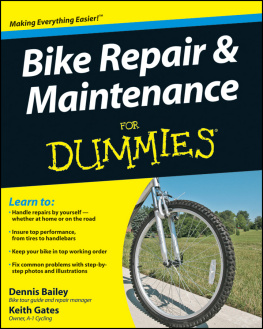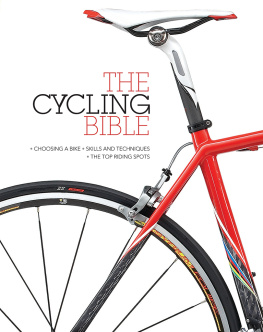
FOREWORD
Mountain biking: Why do we do it?
We are away from the cops, the cars and the concrete.
We dip into the endorphin pool.
We have uninterrupted time with our buds.
We get way out in the woods, ripping and tearing, air time, riding the natural rollercoaster to quiet places we have never been.
This is how it is and how its always been. Its about self-sufficiency, your own power and your machine. Learn more about them and you are a free bird.
In the old days you would start a ride with six riders and three would finish walking with broken parts in their hands. The bikes weighed around 50lb we called them Klunkers. The gears ground, grated and hated you, the brakes squealed and you had to stop on the downhills and wave your hands around to stop the numbness. Parts that were never intended for this use/abuse would crack and come flying apart. We were in the middle of nowhere ride Pine Mountain and you might see a hiker or maybe no-one all day. When one of us broke down our attitude was We have all day to fix it or Do you want to walk out? The creative repair ruled: Stuffing grass into a flat tyre after the last inner tube was used, or using the baling wire from a California rural fence, or forming a fix with Manzenita tree limbs with the use of the Klunker multi-tool, a pair of vise grips.
That was 30 years ago. Since then, the Klunker has transformed into the Mountain Bike and thousands of creative minds have pored over every detail. The new bikes almost float up the climbs, the feeling of flying comes often, full suspension really works for the rider and at the end of the day you will be riding your bike better on 99 out of 100 rides if you know what you are doing.
Thats what this book is all about: What to look for on a day-to-day basis, the preparation and upkeep that keeps the ride sweet. Guy Andrews cuts to the chase, with his real-world experience and intimate knowledge of the bits and pieces and how and where they play. Guy advises how and when to fix it and when its advisable to seek help and go to your local wrench.
The knowledge in this book is the stuff that makes todays bikes work like they should. It is the stuff you wish came in the owners manual instead of the legalese that a maker is obliged to include. Every mountain bike needs this book, for it will be happier and so will you.
Gary Fisher
Preface to the second edition
Since the original edition of this book was published, a great deal has changed in the world of mountain biking. Disc brakes were popular then but all but ubiquitous now. 29in wheels have gone from an uncertain niche to mainstream dominance, and theres a third wheel size 650B gaining traction. Multiple new headset and bottom bracket standards have emerged as manufacturers attempt to outdo each others stiffness-to-weight ratios. Remotely-adjustable seatposts, new shock technology, through-axle wheels for trails bikes... The list goes on. Its no surprise, then, that this second edition of Complete Mountain Bike Maintenance is fatter than the first weve taken very little out but put a lot of new material in. Some chapters were in danger of getting rather unwieldy, so weve reorganised what goes where and shuffled the more common jobs towards the beginnings of chapters with a view to making things easier to find.
Every mountain biker should be able to work on their own bike, even if its just the simple things. We hope this book will give you the confidence to have a go.
Mike Davis and Guy Andrews
The mountain bike was one of those ideas that was bound to happen eventually. Riding bicycles off road is a very old idea they came along before Tarmac roads, after all, and cyclocross racing has seen bikes competing in the mud for nearly a century. Over the years, various people have cobbled motorbike handlebars onto old road bikes to create trackers for hacking round the woods, but it took a bunch of Californian cyclists looking for new bike-related entertainment in the 1970s to take the first step on the path to the modern mountain bike.
They hit upon the notion of dragging pre-war beach cruisers up the mountains of Marin County in order to race them back down the steep, loose fire roads. With just the one gear, getting to the start line involved either a pickup truck or pushing. The backpedal coaster brakes that were fine when pootling along on the flat proved incapable of sustained mountain descending, tending to overheat. The requirement to repack the hubs with grease gave the most famous early race the Repack its name.
Technology moved quickly in the early days. Grafting on cantilever brakes from touring bikes and pulling them with motorbike levers improved control immeasurably, especially when a source of aluminium rims was found. The big leap, though, was fitting derailleur gears, allowing the bikes to be pedalled up the mountains as well as down them. Those early clunkers may have been cobbled together, but it wasnt long before purpose-built bikes appeared from local framebuilders. Within a few years, mountain bikes were being mass-produced overseas and the boom was on.
The pace of development has remained high ever since. Modern bikes feature up to 30 gears, hydraulic disc brakes and suspension at both wheels. Aluminium has taken over from steel as the dominant frame material, with carbon fibre common on high-end bikes. Mountain bikes are lighter and stronger then ever before.
But mountain bikes do go wrong. No matter how tough they are, eventually the components may fail, wear out or break. This easy-to-follow, step-by-step guide to fixing your mountain bike will help to keep you riding. Well take you from the basic checkups through to advanced repairs and trailside fixes. However, prevention is always better than cure, so well also show you how to keep your bike clean, well adjusted and free from trouble.
In the early days of mountain biking, there was just one kind of mountain bike. As the sport has diversified, various sub-genres and niches have formed, each with their particular strengths and weaknesses. If youre starting out, a trail or cross-country bike is the best choice theyre the most versatile.
FULL-SUSPENSION TRAIL BIKE
The full-suspension trail bike is the closest thing to the original go anywhere, do anything mountain bike. Despite having 120-140mm of suspension travel at each end, trail bikes are still light enough to tackle long climbs easily except budget models, most are under 13kg (29lb) and more expensive bikes with carbon fibre frames can be well below that.
The suspension fork and rear shock are often highly adjustable, with different settings for climbing and descending typically firmer for climbing and softer for descending. Some trail bikes have adjustable travel too, letting you optimise the bike for the terrain.
Trail bikes typically have slightly relaxed steering geometry, giving confidence on descents. That makes them very at home at purpose-built trail centres, which tend to emphasise descending. Combined with control and comfort from the suspension and the reasonable weight, trail bikes are a great choice for long off-road rides too.
Next page
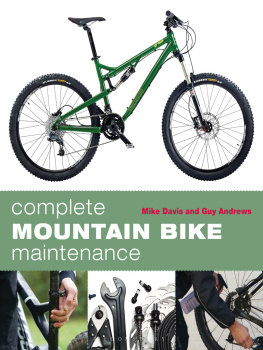
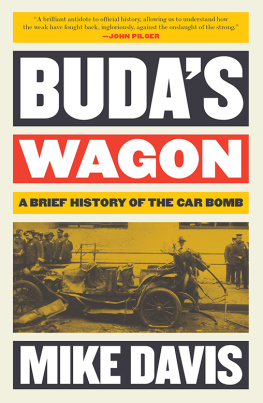




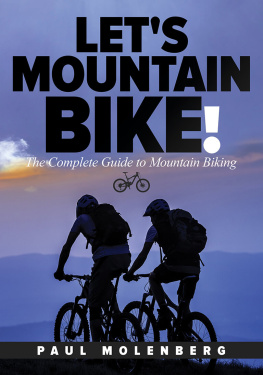
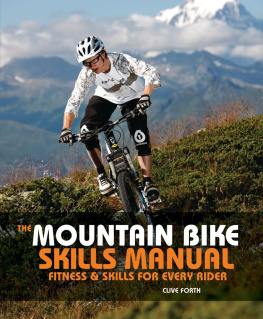
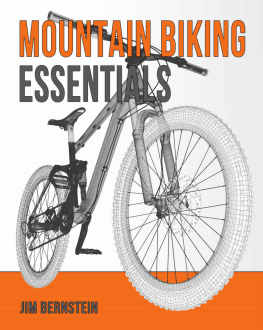
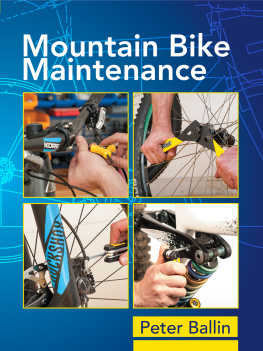
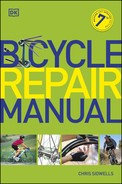

![Shanks - Essential bicycle maintenance & repair: [step-by-step instructions to maintain and repair your road bike]](/uploads/posts/book/235248/thumbs/shanks-essential-bicycle-maintenance-repair.jpg)
